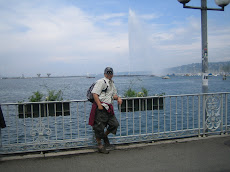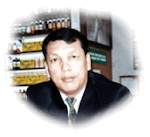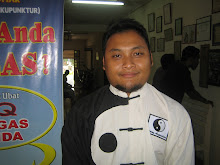
Sexuality in Chinese medicine – a general introduction
Strange as it may be, one can seldom encounter discussions and articles dealing directly with sexuality in the realms of prevalent contemporary acupuncture and Chinese medicine literature. In the ancient Chinese world, sexuality was definitely considered a major topic within the framework of general health-care, so much so that it won a respected canon of its own. This canon, the Su Nu Jing, was compiled probably several centuries B.C.E, of five volumes, in a very similar literary style as the famous “Huang Di nei Jing” – the Yellow Emperor’s canon of internal medicine. 1
In these five volumes all aspects of sexuality were discussed practically (and depicted), with a significant bias to the influence of our sex-life on health, and vice-versa. Consistent with Chinese medical tradition on other issues as well, later generations throughout Chinese history, have contributed a huge mass of commentary and interpretation to the text of the Su Nu Jing. This commentary has served mainly to integrate the ideas and techniques described in the Su Nu Jing, with the philosophy and concepts that form Chinese medicine.
In this article, I have chosen a case of a young woman, whom I treated a year ago for a complicated sexual dysfunction. Such cases are not very frequently encountered in the acupuncture clinics in the west, or east for that matter, despite their probable high occurrences in the population. This is due both to cultural limitations, as well as personal psychological inhibitions.
Sexuality, as is well known to any health-care practitioner, resides in the deepest nook of most people’s souls, much as the organs involved with the sexual act itself.
The case of this young woman, Dana for this article, involves two interesting aspects:
1. Involvement of extraordinary vessel in her pathology, plus other energetic mechanisms that have clear linkage with the aetiology of her dysfunction.
2. A unique treatment technique, also not frequently applied in routine acupuncture practice.

























No comments:
Post a Comment